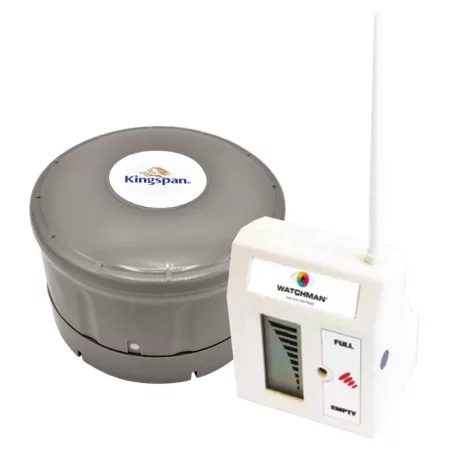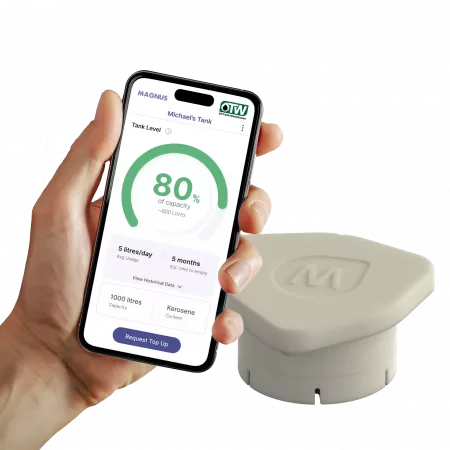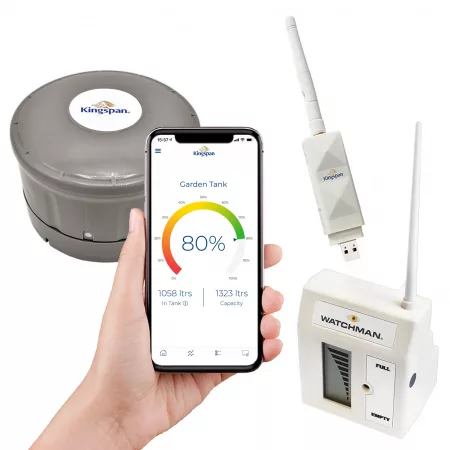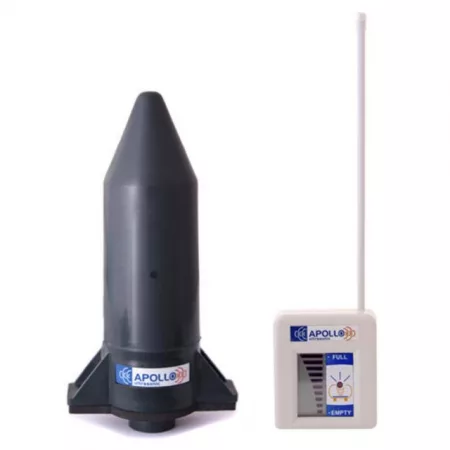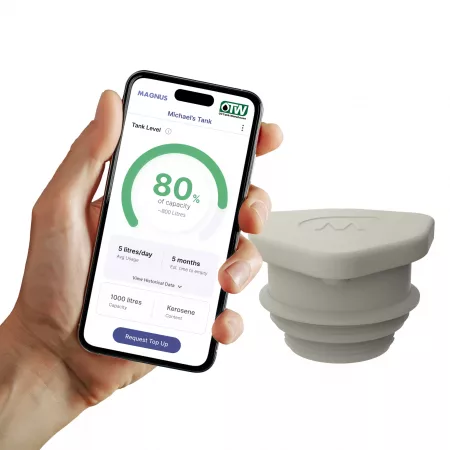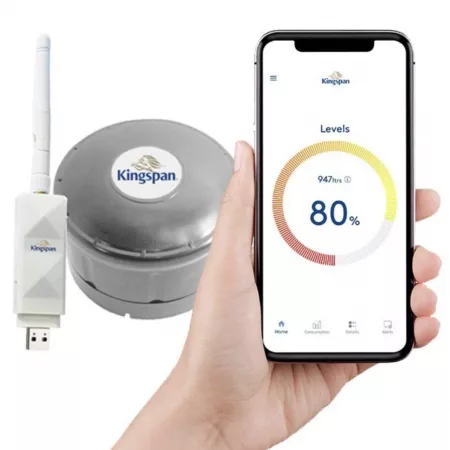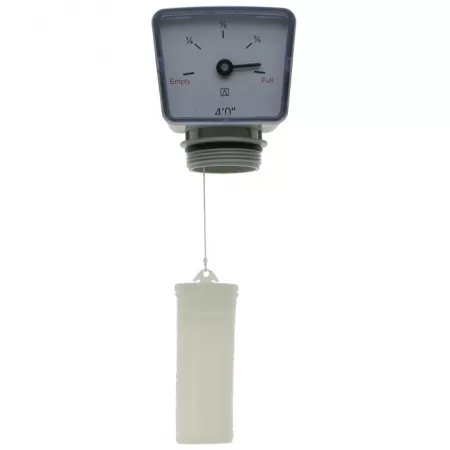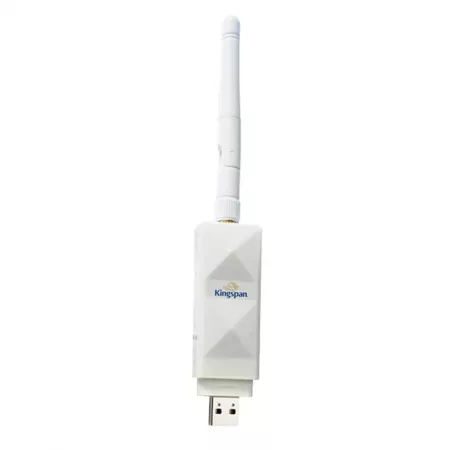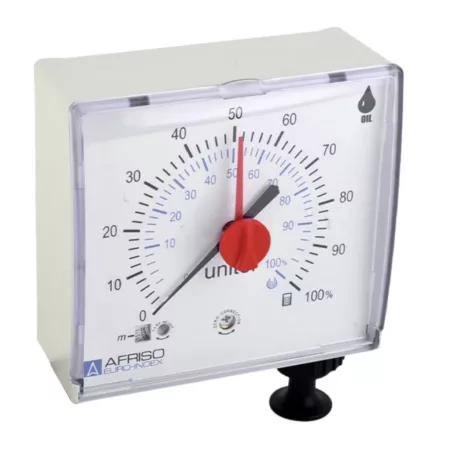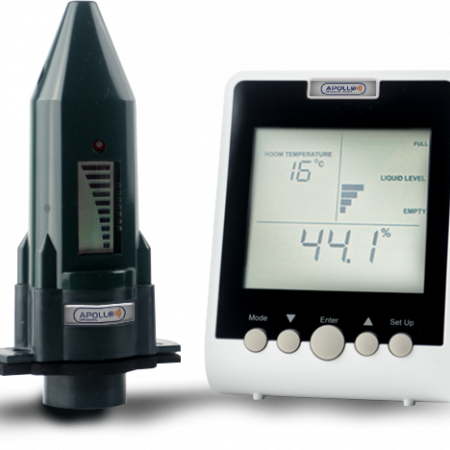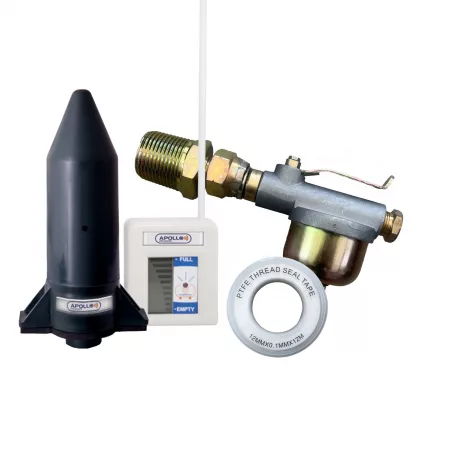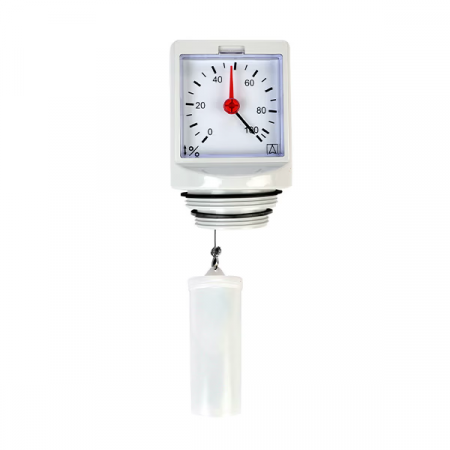Friday
Friday
Friday
Friday
Friday
Oil Tank Level Gauges & Monitors: Buying Guide
Choosing the right oil tank level gauge or heating oil tank monitor depends on tank material, mounting position, and how precise you need the readings to be. Mechanical clock-face gauges give a quick “at-a-glance” level, while electronic and wireless oil tank monitors provide finer readings and app alerts.
Types of gauges
- Clock-face (float): Low cost, no power, approximate level (E–F).
- Electronic display: Sensor + plug-in/mains display for clearer readouts.
- Wireless / smart: Ultrasonic or pressure sensor with receiver or app alerts.
- Hydrostatic / tube: Local visual indication using fluid pressure.
How to choose
- Tank: Plastic or steel, capacity and shape (top/side mount).
- Port/thread: Check cap/opening and thread size before ordering.
- Power: Mechanical (none), battery wireless, or plug-in display.
- Accuracy: Electronic/ultrasonic for precise readings & low-level alerts.
- Budget: Mechanical = entry; smart = alerts & consumption tracking.
Installation & Setup
- Work safely, isolate the tank area and follow the manufacturer’s instructions.
- Remove blanking cap/existing gauge and clean threads/seals.
- Fit the new gauge/monitor; avoid overtightening. For ultrasonic, ensure a clear sensor path.
- Pair wireless units, set alert thresholds, and verify readings (dip check if possible).

